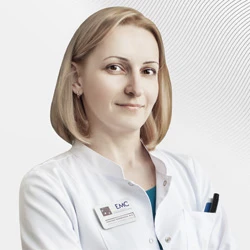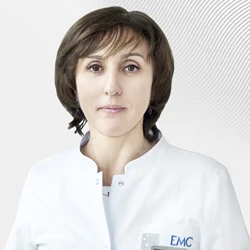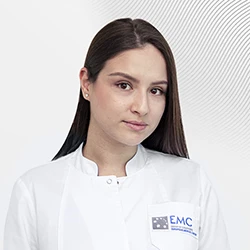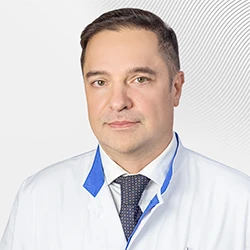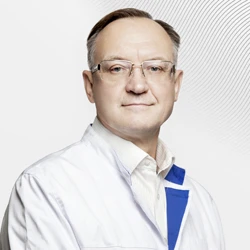Hodgkin's lymphoma
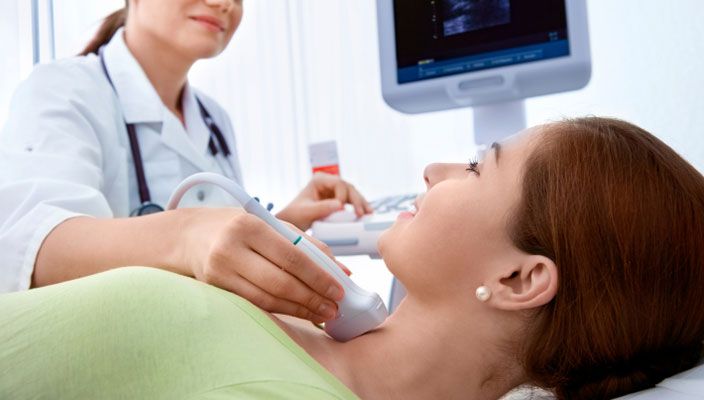 Hodgkin's disease (Hodgkin's lymphoma, lymphogranulomatosis) is a lesion of human lymphoid tissue. Most researchers classify it as malignant tumors (lymphomas). Hodgkin's disease affects the lymph nodes and other organs that form the basis of the body's defense system (spleen, thymus gland, bone marrow).
Hodgkin's disease (Hodgkin's lymphoma, lymphogranulomatosis) is a lesion of human lymphoid tissue. Most researchers classify it as malignant tumors (lymphomas). Hodgkin's disease affects the lymph nodes and other organs that form the basis of the body's defense system (spleen, thymus gland, bone marrow).
Classification
There are 4 histological variants of Hodgkin's lymphoma:
-
Nodular (nodular) sclerosis
-
Mixed-cell
-
Rich in lymphocytes
-
Lymphoid exhaustion
The main causes of Hodgkin's lymphoma and risk factors
Medicine still does not know what is the cause of this disease. We can only speak with confidence about the risk factors.:
-
Men are more susceptible to this disease than women;
-
Those who already have cases of lymphoma in their family are more likely to get sick;
-
Exposure to the Epstein-Barr virus, which causes mononucleosis, increases the risk of developing Hodgkin's lymphoma to some extent.
-
The weakening of the immune system due to taking certain medications, undergoing organ transplantation, as well as infection with the human immunodeficiency virus is also a risk factor.
Symptoms of Hodgkin's lymphoma
The early stages of the disease are almost asymptomatic. Uncontrolled division of malignant cells, starting in the lymph nodes, can spread throughout the body, accompanied by various symptoms. The first most noticeable manifestation of the disease is an enlargement of the lymph nodes. In almost two thirds of cases, the localization of a malignant neoplasm is the cervical-supraclavicular region. These tumors are usually painless, but they can rapidly increase in size, often merging into one whole. In one fifth of patients, the mediastinum is the site of tumor localization. This neoplasm can be detected when patients undergo routine fluorography. Approximately five to ten percent of cases of tumor localization occur in the retroperitoneal and inguinal regions.
The disease, as already mentioned, can spread to various organs, on which its manifestations depend. The most common common symptoms are:
-
General weakness
-
Coughing fits (if the tumor affects the mediastinum);
-
Sweating, fever;
-
Lack of appetite and weight loss.
-
Skin itching
Methods of disease diagnosis
Infectious diseases are most often the cause of enlarged lymph nodes. If there is a persistent enlargement of the lymph node, a biopsy should be performed. Histological examination of the lymph node can clearly show the presence or absence of a malignant neoplasm. The following diagnostic methods are also used:
-
General and biochemical blood analysis.
-
Radiography.
-
Computed tomography.
-
Ultrasound examination of the intended localization sites.
-
Radiography of bone tissue.
-
PET/CT.
-
Biopsy with histological examination.
Hodgkin's lymphoma. Treatment
Modern treatment methods make it possible to successfully treat patients with Hodgkin's lymphoma.
Currently, the most effective treatment for Hodgkin's disease is combined chemoradiotherapy. The "ABVD" scheme is used for chemotherapy.
ABVD therapy
The name "ABVD" is an abbreviation consisting of the first letters of the names of the drugs used.:
-
Doxorubicin, originally called Adriamycin,
-
Bleomycin,
-
Vinblastine,
-
Dacarbazine.
The course of chemotherapy "ABVD" is usually performed on an outpatient basis. A blood test should be performed 1-2 days before or on the day of the start of treatment. At the same time, a doctor or nurse will perform an examination. If the results of the blood test are acceptable for starting treatment, a chemotherapeutic drug will be prepared for the patient. All procedures can take several hours.
The drug is administered using a thin plastic tube that is inserted into the subclavian vein, piercing the skin under the skin near the collarbone (central catheter), or through an implantable port.
Before the procedure, medications are prescribed to prevent allergic reactions, nausea and vomiting (antiemetics). It is important that medications are taken in accordance with the recommendations, even in the absence of nausea. This is because many antiemetics are much more effective at preventing symptoms than eliminating them.
Chemotherapeutic drugs are administered separately in the following sequence:
-
Injections of doxorubicin (red liquid) with phys. solution;
-
Vinblastine infusion (colorless liquid);
-
Bleomycin and dacarbazine (colorless liquids) are usually administered by infusion, but in some cases they can be administered intravenously slowly (drip for 30 minutes).
The procedure may take several hours. If the patient is being treated in a day hospital, the catheter is removed at the end of the procedure and he can go home. If a venous port is installed, it is usually not removed, but used in the next course of chemotherapy. The patient receives detailed instructions on how to care for the catheter/port.
As a rule, the prognosis of treatment is favorable. But it directly depends on the degree of damage to the patient's body. Thus, the sooner the treatment is started, the better the results will be.
Why the EMC
The first and only clinic in Russia, created in the image of the world's leading clinics
EMC is a multidisciplinary center offering patients a high level of medical services and a personalized approach
Worldwide recognition and awards
 Learn more
Learn more
Worldwide recognition and awards
 Certificates and licenses
Certificates and licenses
Make an appointment for a consultation
Specify your contacts and we will contact you to clarify the details
Reviews
and new products of the EMC



.webp)





